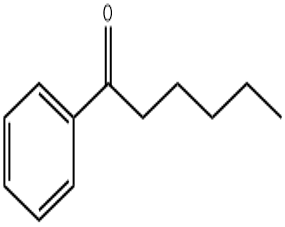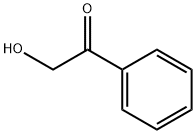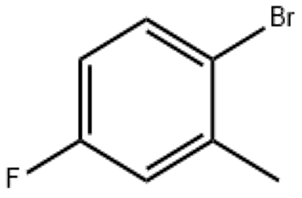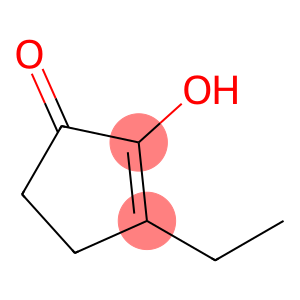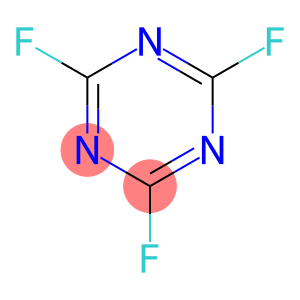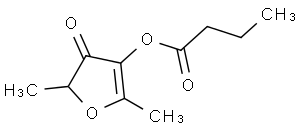Amyl Phenyl Ketone(CAS# 942-92-7)
| Hazard Symbols | Xi – Irritant |
| Risk Codes | 36/37/38 – Irritating to eyes, respiratory system and skin. |
| Safety Description | S26 – In case of contact with eyes, rinse immediately with plenty of water and seek medical advice. S37/39 – Wear suitable gloves and eye/face protection |
| WGK Germany | 3 |
| TSCA | Yes |
| HS Code | 29143900 |
Introduction
Benhexanone. The following is an introduction to the properties, uses, preparation methods and safety information of phenyhexanone:
Quality:
Appearance: Colorless to yellowish liquid.
Solubility: soluble in many organic solvents such as ether, alcohols and aromatics.
Density: approx. 1.007 g/mL.
Stability: Relatively stable under market conditions, but decomposes under the influence of heat, light, oxidants and acids.
Use:
It is used in the field of organic synthesis as a solvent and reaction intermediate.
Applications in the coatings, resins and plastics industries.
Method:
Benhexanone can be prepared by the following reactions:
Barbiturate reaction: sodium benzoate and ethyl acetate are reacted under sulfuric acid catalysis to obtain phenyhexanone.
Diazo compound elimination: diazo compounds react with aldehydes to form pentenone, and then alkali treatment to obtain phenyhexanone.
Safety Information:
It has an irritating effect on the eyes and skin, and should be rinsed with water in time after contact.
May be toxic to the respiratory tract, digestive system, and central nervous system, and should be avoided for inhalation and ingestion.
Avoid contact with strong oxidizing agents and acids to avoid dangerous reactions.
It should be stored in a cool, dry and well-ventilated place, away from fire and high temperatures.
Appropriate protective equipment, such as gloves, goggles, and protective clothing, should be worn when using phenyhexanone. In case of accidents, seek medical attention immediately.


